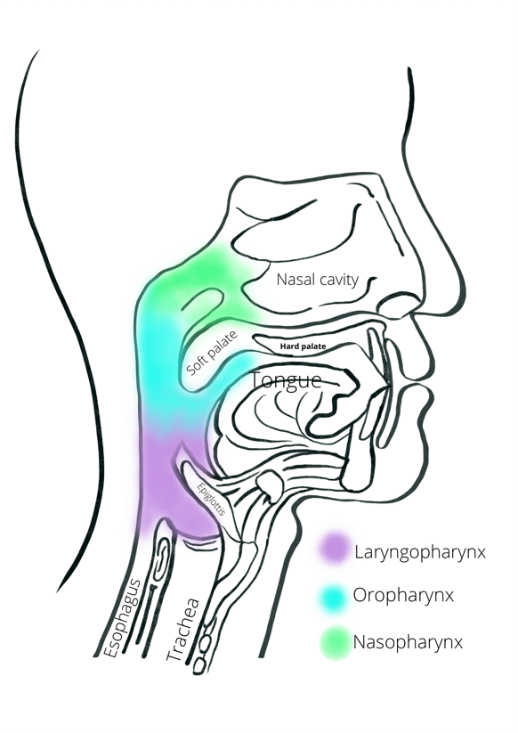The Use of Consonant Sounds in Vocalization: Background, Questions, and its Importance for Singing
Main Article Content
Abstract
Many singers vocalize to improve their vocal skills. Vowels and musical notation are essential in the structure of vocalization, but consonants initiate the flow of breath that produces the sound. A more detailed understanding of the qualities of consonants will ensure that the singer accesses the correct vocal timbre and avoids misinterpretation. The use of articulators to phonate consonants also adjusts breath flow for sound production. This paper explains the role of consonants and their correlation to muscle movement in four areas of vocal technique: 1) breath management / balance onset / dynamic, 2) vocal register / blending / going through passagio, 3) resonance or tone quality, and 4) agility and releasing tension. Practicing these groups of consonants will help eliminate muscle action that interferes with airflow, as well as unlocking tense muscles to improve accuracy and precision. This paper will show how to use consonants in vocalization, helping singers combine consonants with vowels and notation to improve technique, and sharpen problem-solving skills.
Article Details

This work is licensed under a Creative Commons Attribution-NonCommercial-NoDerivatives 4.0 International License.
All authors must take public responsibility for the content of their paper. The WIPIT Journal Editors will not be taking any public responsibility for the content in the paper.
References
Breath. (n.d.). Voicescienceworks. Retrieved from https://www.voicescienceworks.org/breath.html.
Jones, D. (2017). A modern guide to old world singing. Lighting Source.
Ladefoged, P. (1998). Consonants Formant: encyclopedia of Britannica. https://www.britannica.com
Miller, R. (1986). The structure of singing: system and art in vocal techniques. Schirmer Books.
O’Concer, K. (n.d.). The larynx structure and function. Singwise. Retrieved from
https://www.singwise.com/articles/the-larynx-structure-and-function.
Philips, P. (2011). Singing for dummies. Wiley Publishing.
Sundberg, J., & Staloff, T. (2005). Professional voice: the science and art of clinical, 3rd ed. Plural Publication.
Vocal tract. (n.d.). Voicescienceworks. Retrieved from https://www.voicescienceworks.org/vocal-tract.html.
Wall, J. (1989). International phonetic alphabet for singer. Pacific Isle Publishing.


